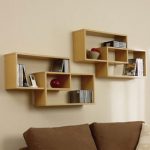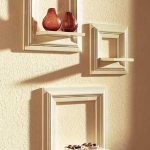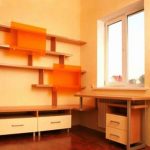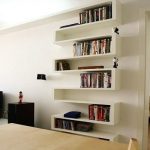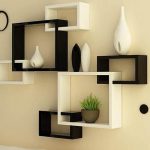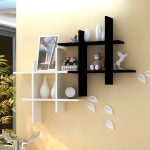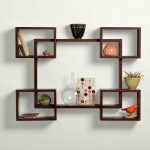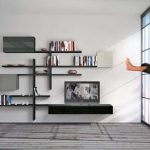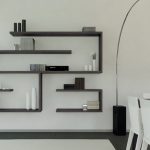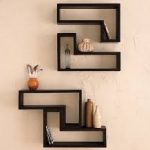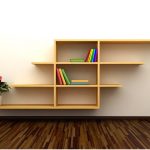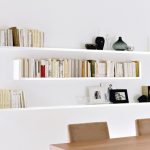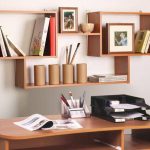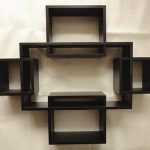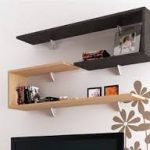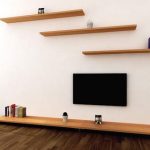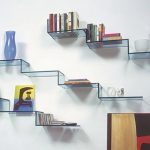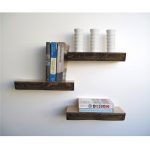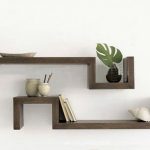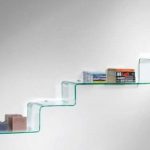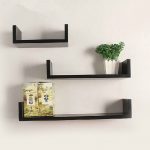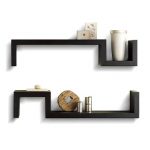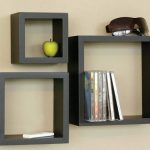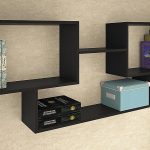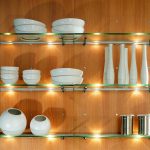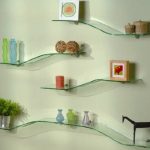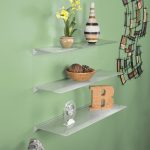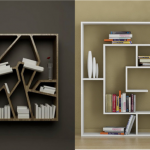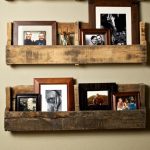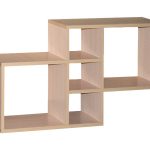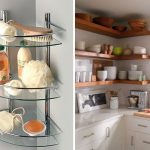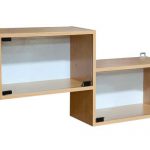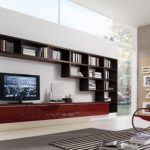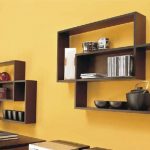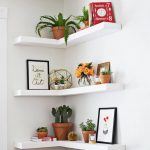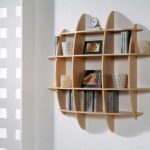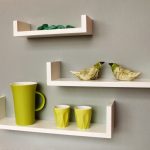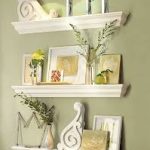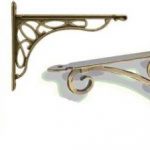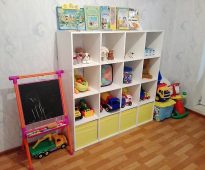 We make a rack for toys with their own hands
We make a rack for toys with their own hands
How to attach the shelf to the wall
Well, when the house or apartment is furnished with taste. You come from work and plunge into a cozy atmosphere. But there are feelings that something is missing, there are always places to hang something. Maybe a locker, but it somehow does not fit into the interior or does not fit in size. Then the best option would be a shelf. It is perfectly suited to the overall situation in the house and, importantly, will help save a lot of space.

On the shelves you can keep a variety of items, literature.
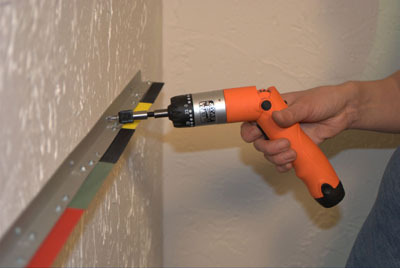
After its complete solidification, the shelf is put on the pins.
On the shelves you can keep a variety of items, literature. They are attached absolutely in any room. How to fix the shelf on the wall so that it fits perfectly to the interior? It is not difficult, as it may seem. This job will make anyone wish.
Content
- 1 Mounting methods for wall shelves
- 2 Fastening the shelves to the wall without visible fasteners
- 3 Fastening for the shelf to the plasterboard wall
- 4 Necessary materials
- 5 Required Tools
- 6 Mounting process: step by step instructions
- 7 VIDEO: Fastening the shelf to the wall
- 8 50 photo ideas how to attach the shelf to the wall
Mounting methods for wall shelves
When planning wall shelves the type of fixation is crucial. After reviewing the method of attachment, you can easily choose an option that is acceptable to you.
With invisible attachment. By choosing this view, you hide the fasteners, and the wall construction will look light and elegant, no matter in which room it is hung. It is desirable that the wall was concrete or brick. Plasterboard walls of less than 10 cm are not recommended.
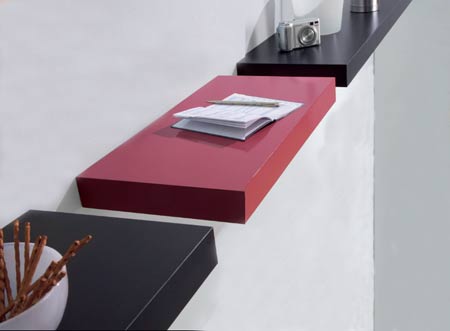
How to fix the shelf on the wall so that it fits perfectly to the interior?
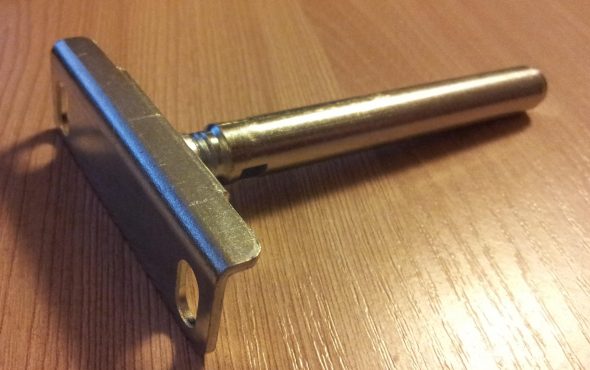
For wall shelves, you can use a variety of materials.
With brackets. In this case, all the elements will not hide, they will always be visible. You can save money by purchasing metal or plastic corners. You want to give beauty to the subject of interior and originality, buy decorative fasteners, but always in a pair. It is necessary to take into account an important point - the brackets are not suitable for every interior.
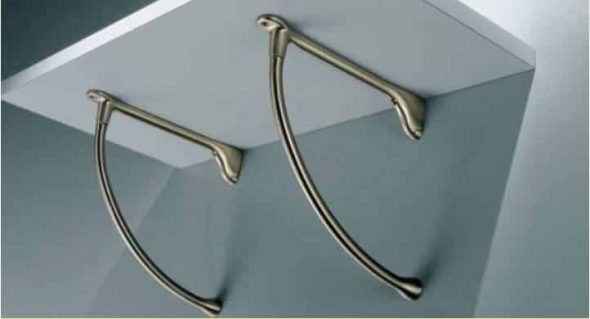
They are attached absolutely in any room.

Working with him is not difficult, and his weight is small.
On glass shelf holders. These fasteners use rubber or silicone gaskets to protect the plane at the point of attachment. Shelves can be different in size and shape, there are options for suction cups. They are attached to the bottom, and the top surface remains open.

This job will make anyone wish.

How to attach the shelf to the wall?
With the help of loops and corners. This is the most common way - easy, careful, does not take much time, will fit into any situation. The format of the loops or corners allows for a reduction or increase in the load on the shelf. Fastening to guides or metal racks. Not all types can be put into practice by yourself. In some cases it is worth contacting a specialist.

When planning wall shelves the type of fixation is crucial.
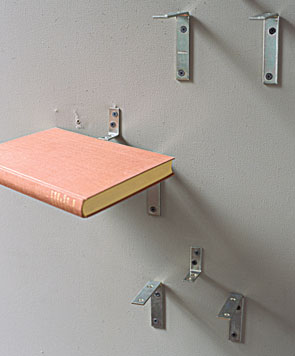
To hang a shelf on a brick or concrete wall, you need to make a markup using the level.
Fastening the shelves to the wall without visible fasteners
There are a number of items that you need to be familiar with in order to hang a shelf in an invisible way.
- Wall thickness The shelf must be mounted on an invisible fixture if the brick wall is 250 mm thick and the concrete wall is 105 mm thick. If the dimensions are smaller than the given data, then additional details will be needed. When the wall is made of drywall or cinder block, and the thickness does not exceed 100 mm, invisible fasteners are acceptable if the shelf is used as decoration and there will be light objects on it.
- Shelf thickness. It should not be massive or, conversely, thin. It is desirable that the material does not bend, be dry and have a good finish. If there are light things on the shelf, then the shelf must be at least 30 mm thick; you will keep literature or heavier utensils - not to exceed 60 mm, but not less than 45 mm.
- Selection of fasteners. To choose the right mount, you need to take into account the second item, as well as know what function is intended for the shelf. Invisible mount is hinged hinges and metal rods. Loops attached to the back side of the shelf, produce markup. With the help of the necessary tools, holes are made in the wall and a cork is inserted there. Then screws are screwed to a sufficient depth and hinges are placed on them.
If you are using metal rods, you need to remember that the diameter of the fastener should be 10-12. First of all you will find out what is the length and width of the shelf. This data is marked on the wall, drill holes. The same holes will need to be done on the shelf. Depending on what the load will be, the required number of pins will be required. They are inserted into the wall at half the length of the hole and fixed with glue. After its complete solidification, the shelf is put on the pins.
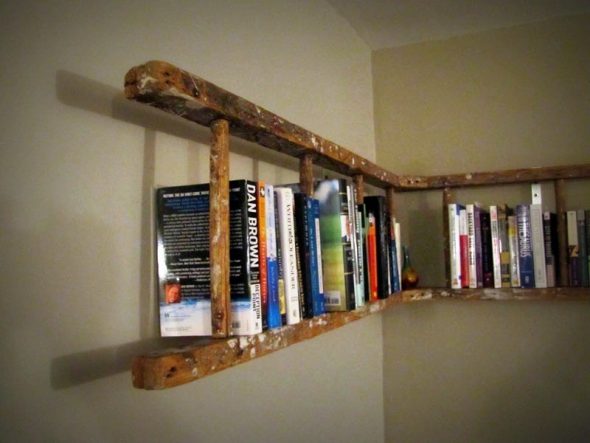
After reviewing the method of attachment, you can easily choose an option that is acceptable to you.
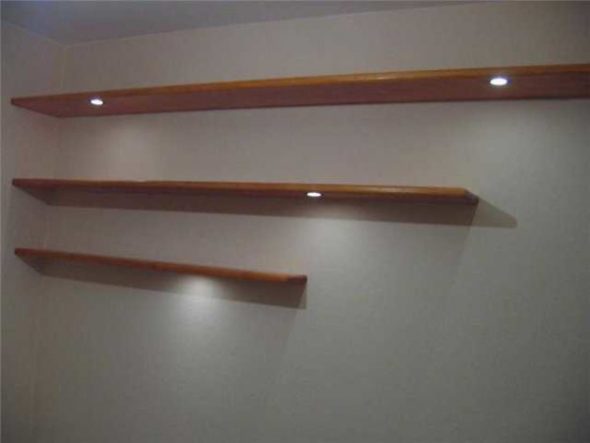
Punch punch necessary holes.
Fastening for the shelf to the plasterboard wall
There are various types of fastenings to plasterboard walls. Here are some of them:
- Mortgage bars - the optimal variation. Mounted directly to the gypsum board when mounted to the wall. Bars of the desired thickness are fixed in the place where you will fix the shelves or equipment.
- Fastening is carried out to the GCR. This option is not difficult, since the fixation elements — dowels-butterflies, umbrellas, Molly's fasteners — easily pass through the plane and are screwed into the wall.
- With the help of profiles. In this case, you will need a magnet, preferably a powerful one, this will ensure the strength of the mount. In the place where the metal profile passes, make holes through. The self-tapping screw should be 5-6 mm longer than the HL sheet thickness. Then fix the shelf to the drywall wall.
- Anchor fittings. Used for mounting shelves that can withstand considerable weight. Their diameter should be from 6 mm to 1 cm.
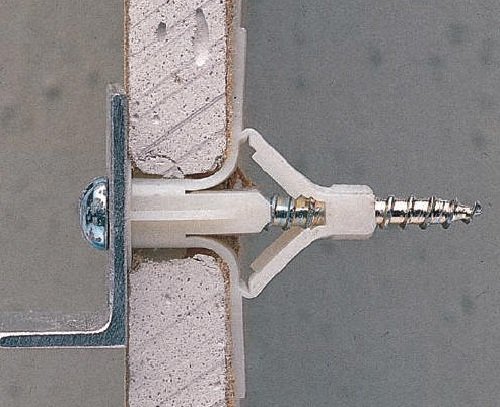
With the help of the necessary tools, holes are made in the wall and a cork is inserted there.
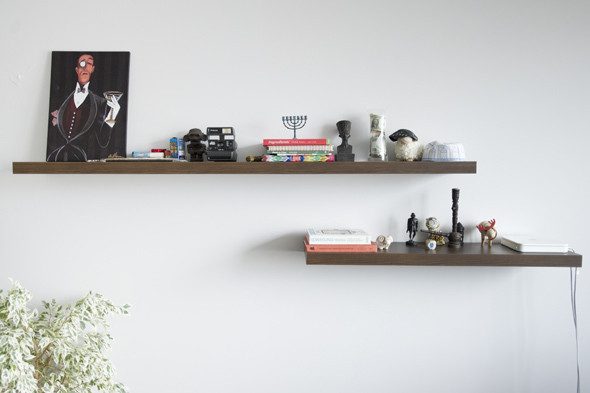
We make sure that the drill and hardware were the same size.
Necessary materials
For wall shelves, you can use a variety of materials:
- GCR. Designers often use drywall in the design of the interior, especially if the shelves of this material are given one of the main places in the room.
- Tree. Most often used for balcony shelves. Working with him is not difficult, and his weight is small. When properly used, such shelves can last for a very long time.
- LDSP or chipboard. Moisture resistant material, withstands temperature extremes, wear-resistant.
- Glass. Very common in the application. Glass shelves look very fashionable.
- Plastic. Generally available material, as it is inexpensive, is not susceptible to the appearance of mold.
- Metal. When working with it, you will definitely need a welding machine.
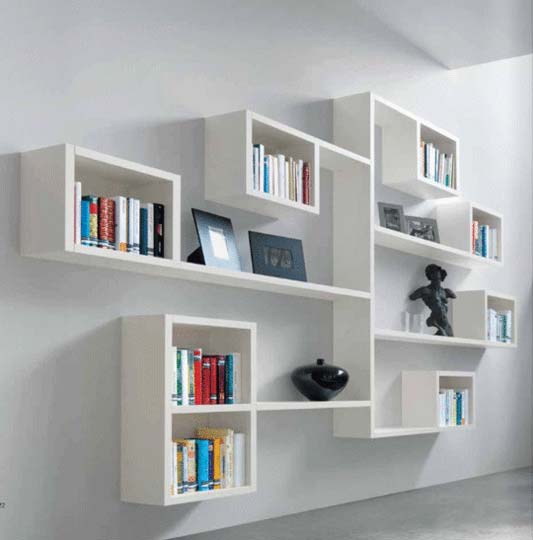
Then screws are screwed to a sufficient depth and hinges are placed on them.
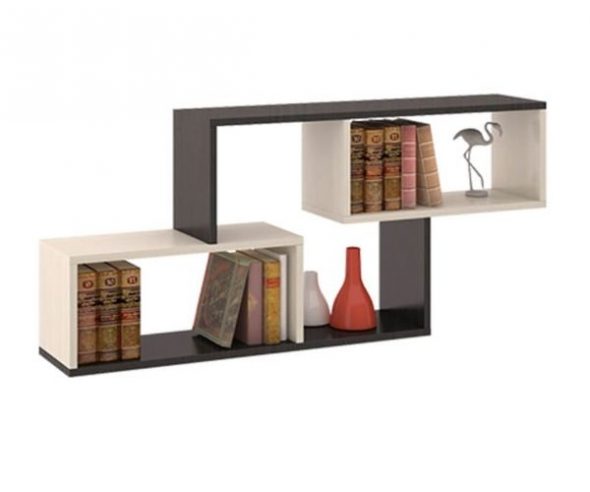
If necessary we carry out adjustment.
Required Tools
Of the tools you will need: level, drill, and better puncher, screwdriver, dowels, screws, jigsaw, carpenter's glue, mounting kit, a set of drill bits, pencil, hammer, for anchor bolts - a wrench.
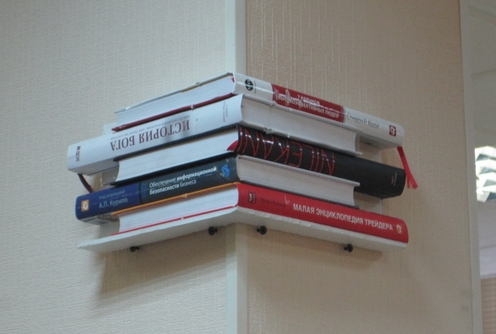
If you are using metal rods, you need to remember that the diameter of the fastener should be 10-12.
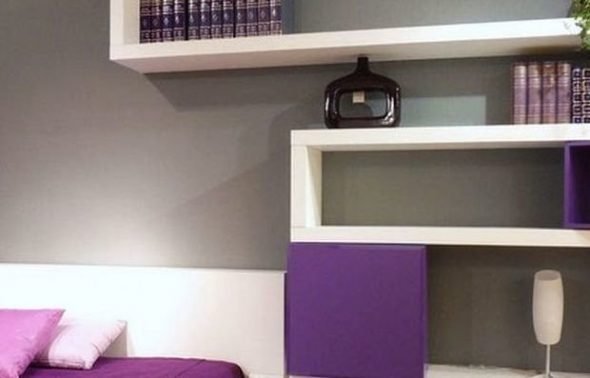
Upon completion of all stages of work attach shelf.
Mounting process: step by step instructions
How to attach the shelf to the wall? Before starting the installation of the shelf, it must be remembered that the holes in the shelf from the back are made 5 mm lower, and also make sure that the holes on the shelf and on the wall are completely identical.
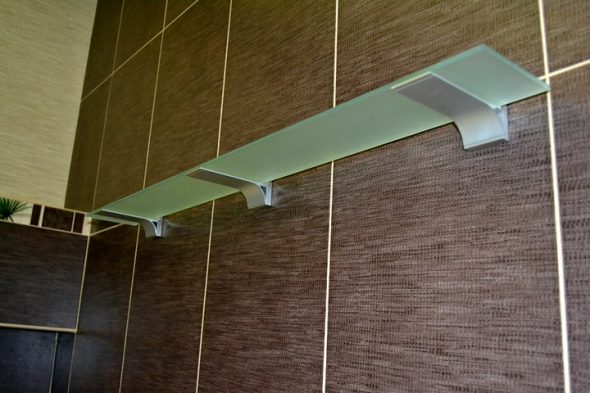
First of all you will find out what is the length and width of the shelf.
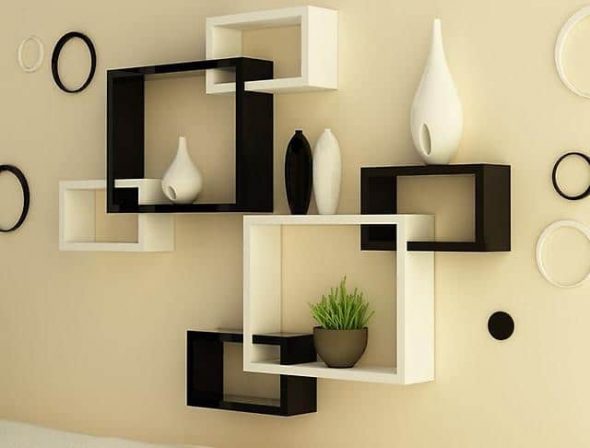
Having a shelf, align it with fasteners.
To hang a shelf on a brick or concrete wall, you need to make a markup using the level. Punch punch necessary holes. We carry out work neatly, avoiding chipping on the wall. We make sure that the drill and hardware were the same size. Then we attach the fastening elements, we do the check by construction level. If necessary we carry out adjustment.
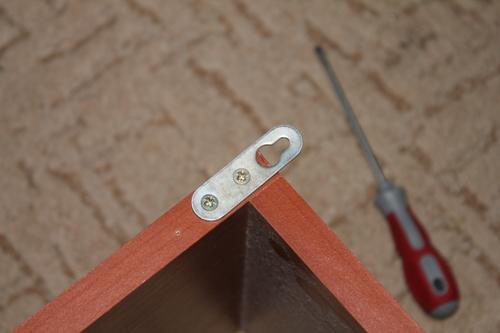
Depending on what the load will be, the required number of pins will be required.
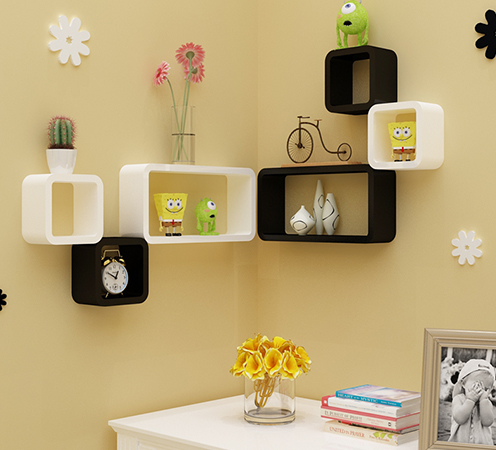
Using bolts with nuts, screws or screws, fasten the shelf.
Upon completion of all stages of work attach shelf. If you did not do it yourself, and purchased in the store, then all the necessary fastening elements are attached. Having a shelf, align it with fasteners. We make sure that there are no gaps between the shelf and the wall. Then we make a pencil mark all the holes. Using bolts with nuts, screws or screws, fasten the shelf.
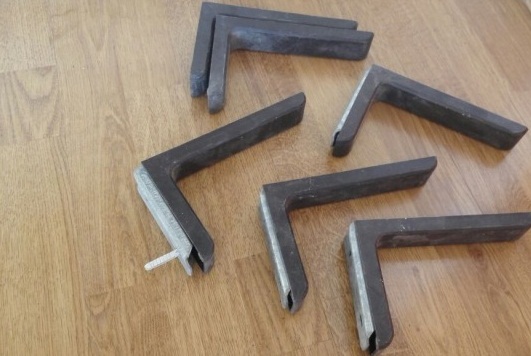
They are inserted into the wall at half the length of the hole and fixed with glue.
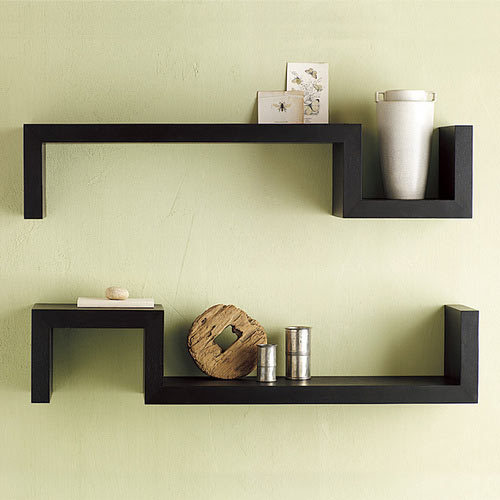
If you did not do it yourself, and purchased in the store, then all the necessary fastening elements are attached.
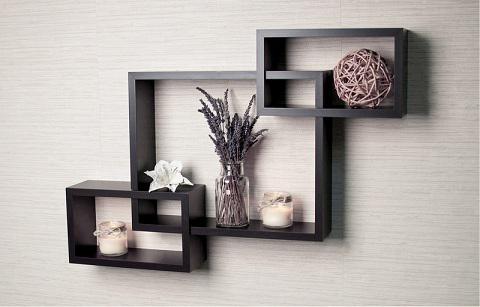
If necessary we carry out adjustment.
VIDEO: Fastening the shelf to the wall
50 photo ideas how to attach the shelf to the wall
 We make a rack for toys with their own hands
We make a rack for toys with their own hands
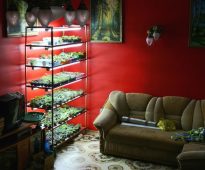 Rack for seedlings with their own hands
Rack for seedlings with their own hands
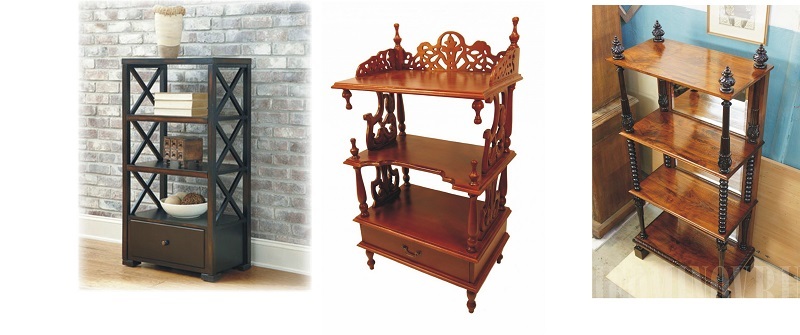 How to make a bookcase with your own hands?
How to make a bookcase with your own hands?
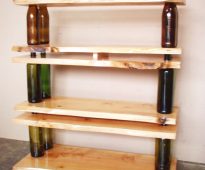 Making a convenient rack with your own hands
Making a convenient rack with your own hands
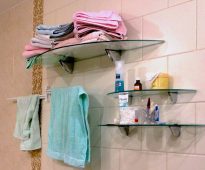 Self-made shelves in the bathroom with their own hands
Self-made shelves in the bathroom with their own hands
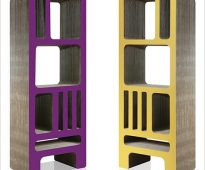 How to make a rack of cardboard do-it-yourself
How to make a rack of cardboard do-it-yourself
